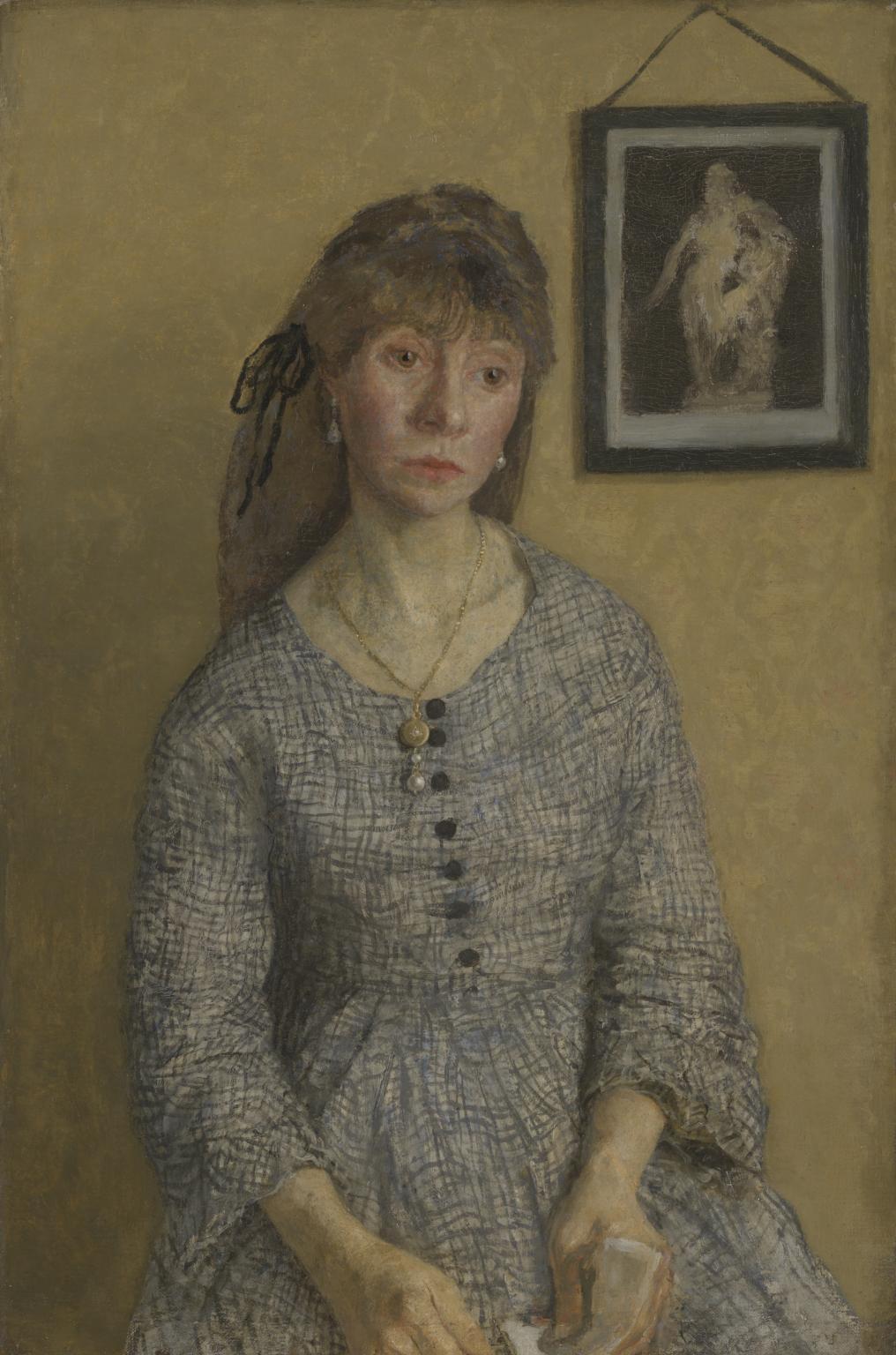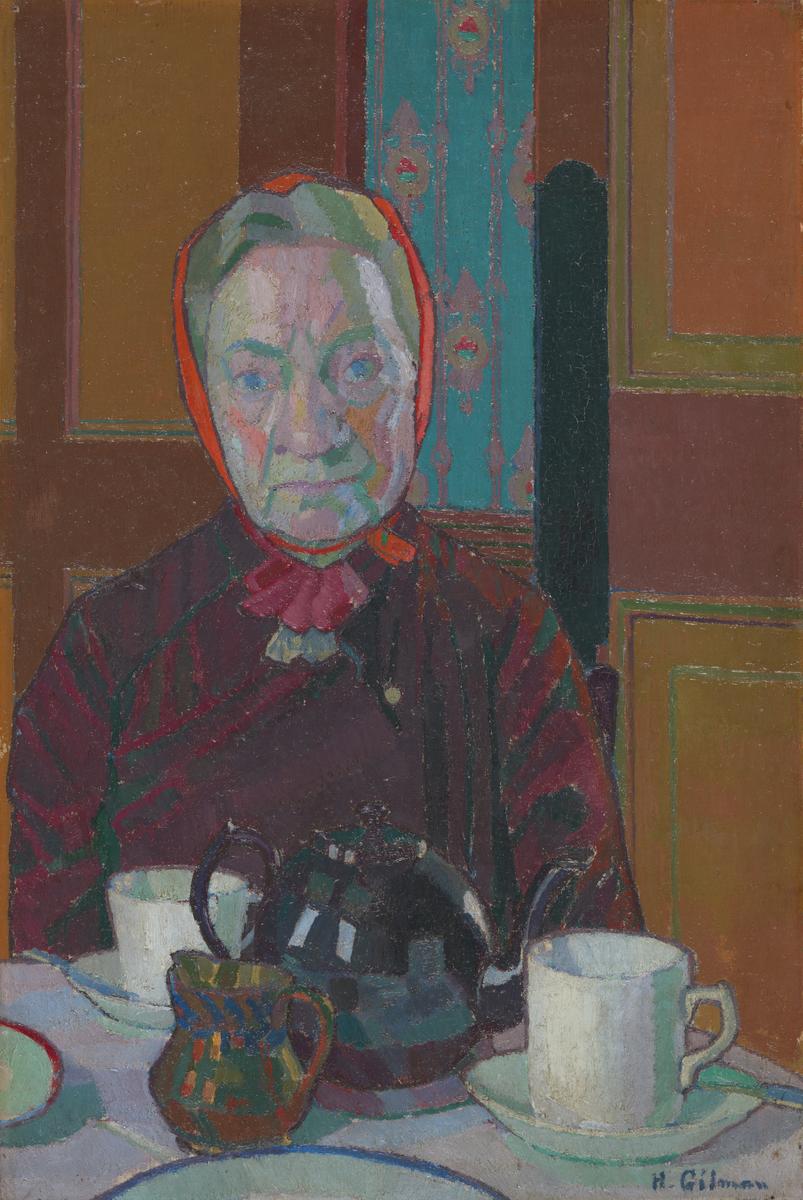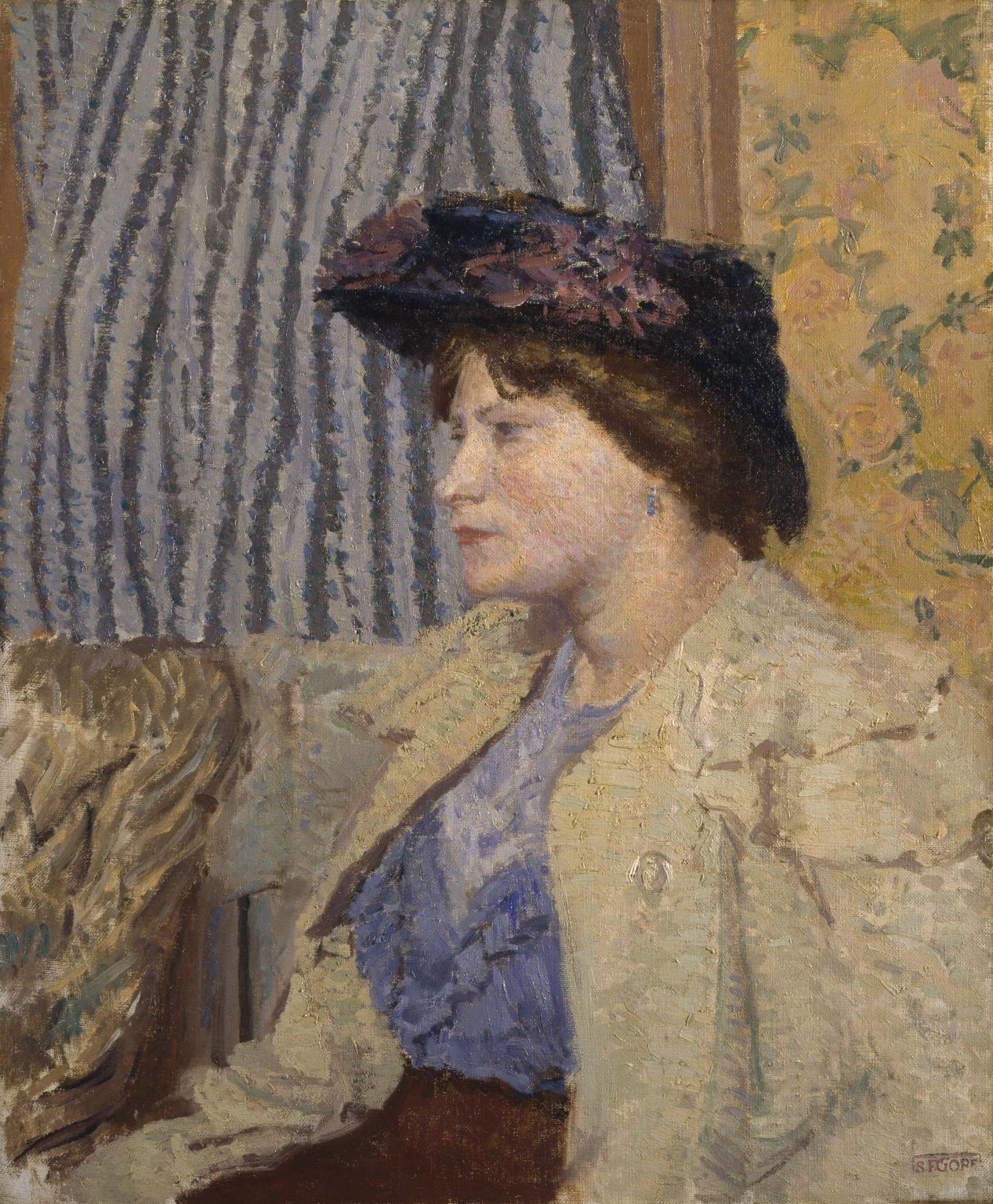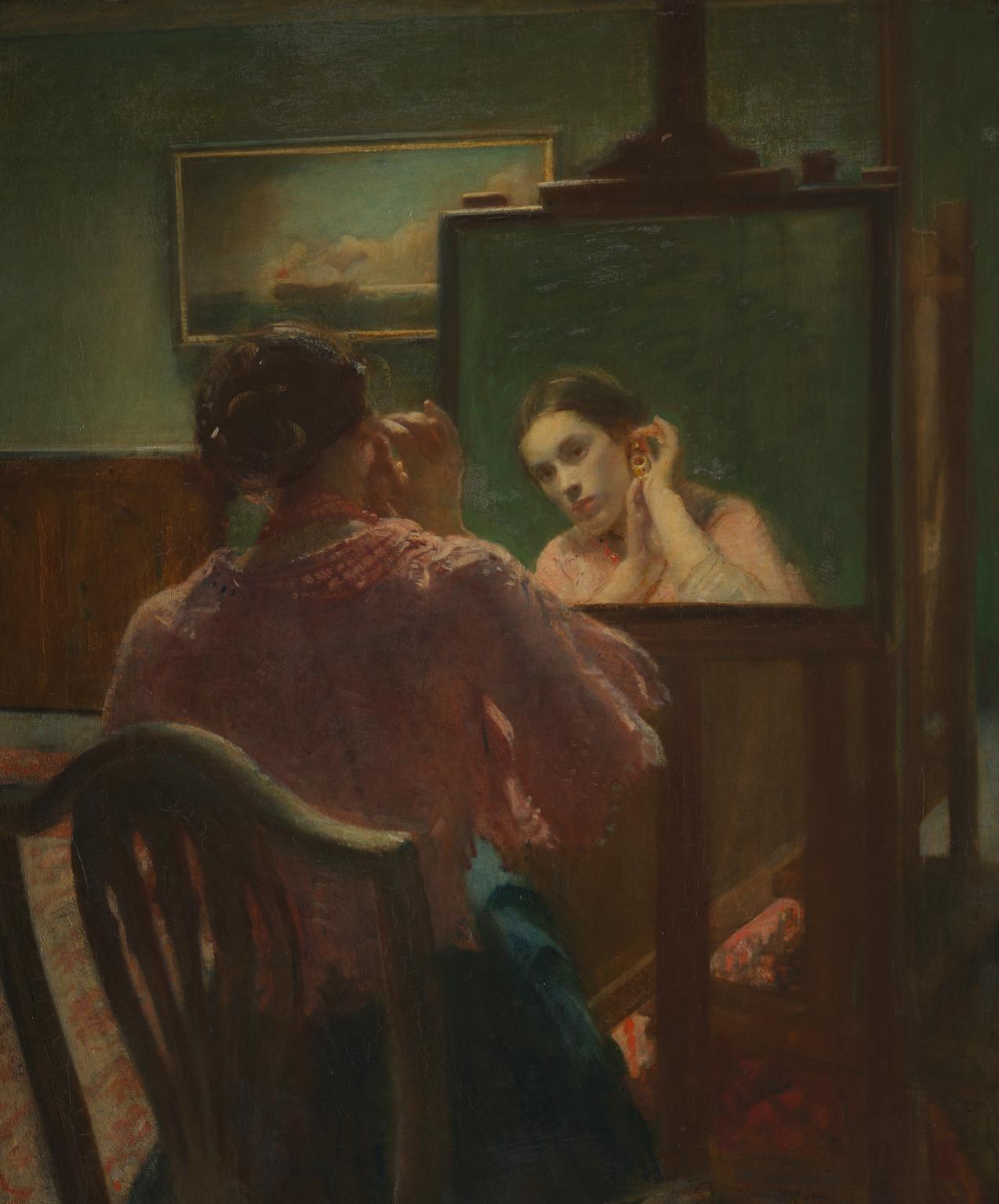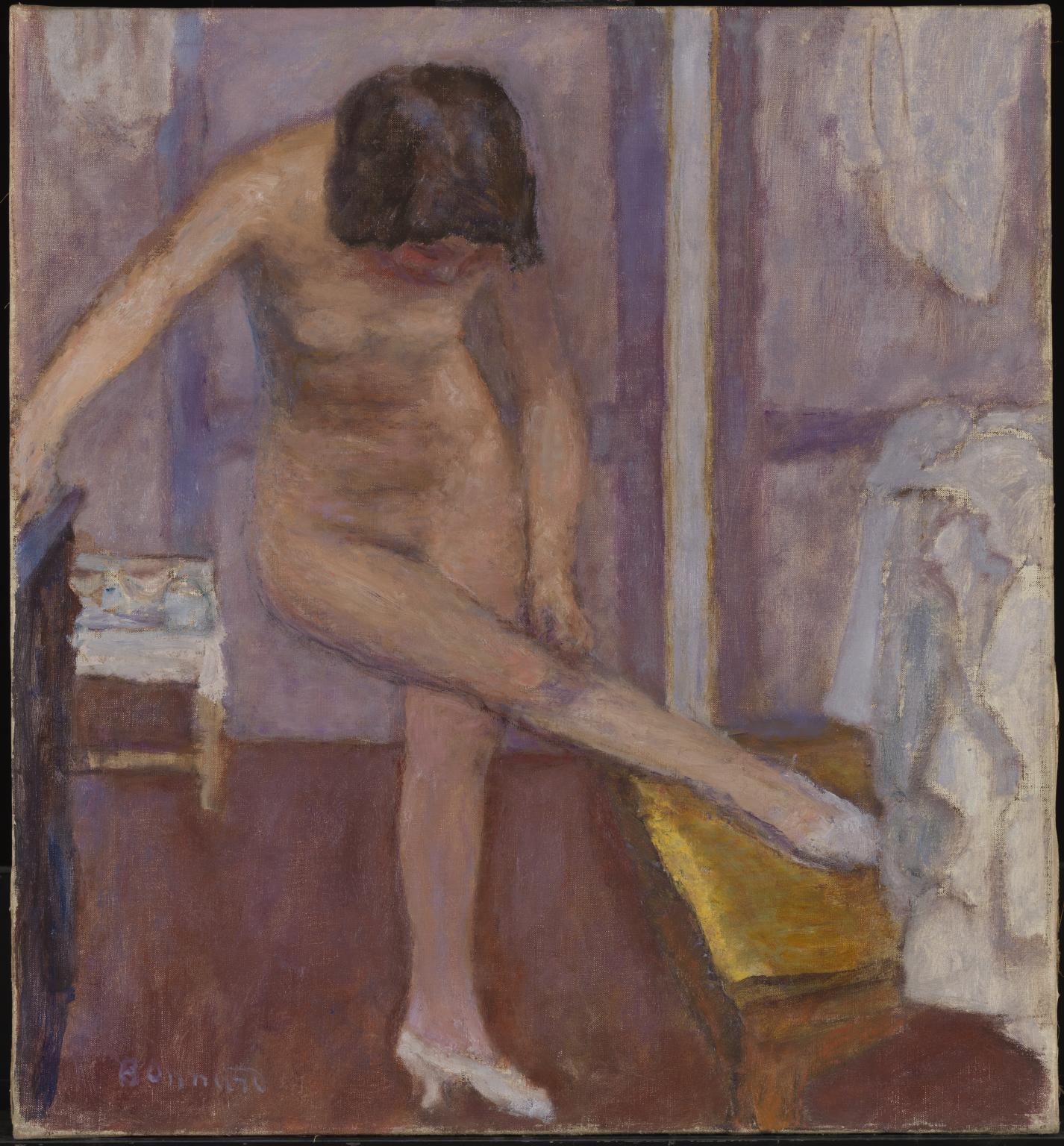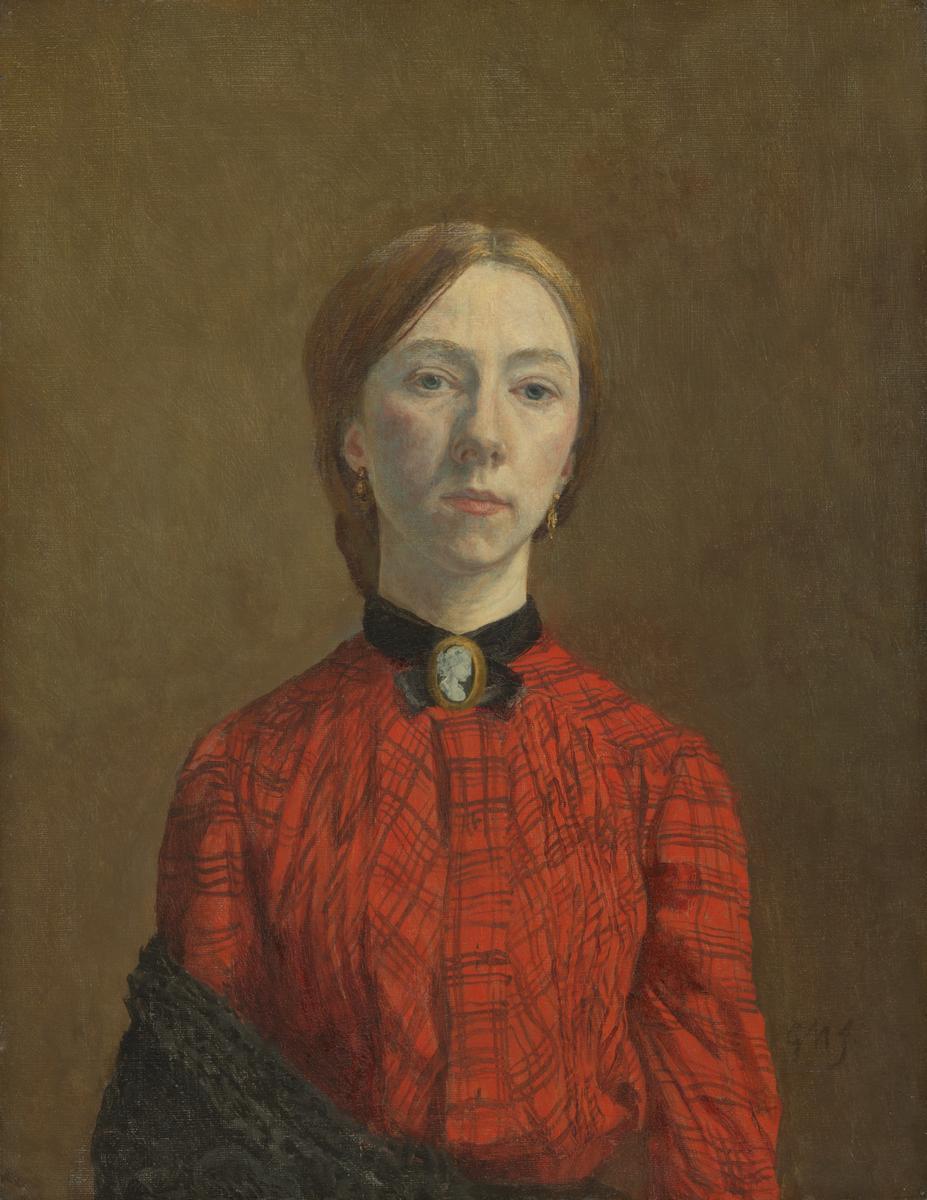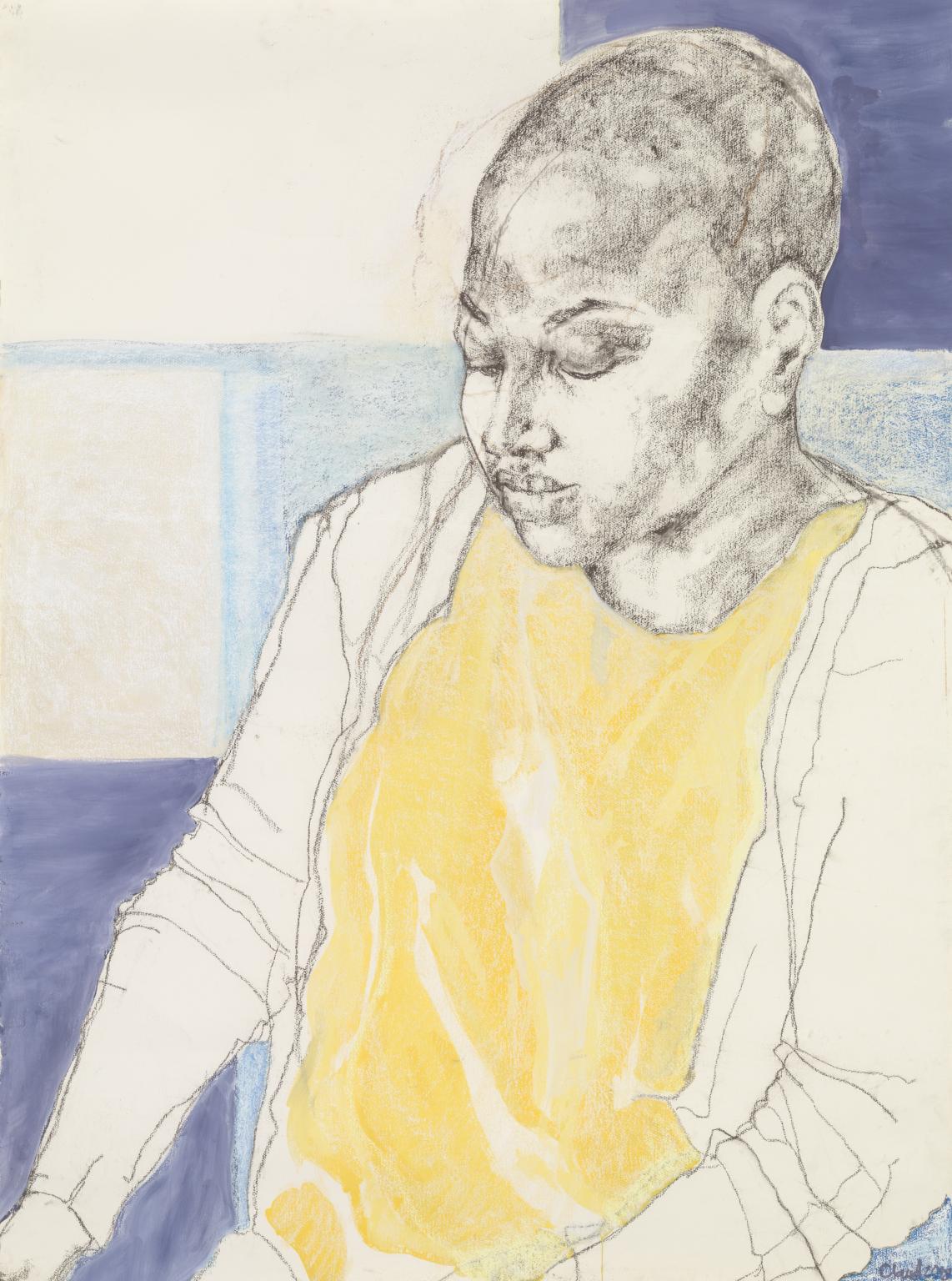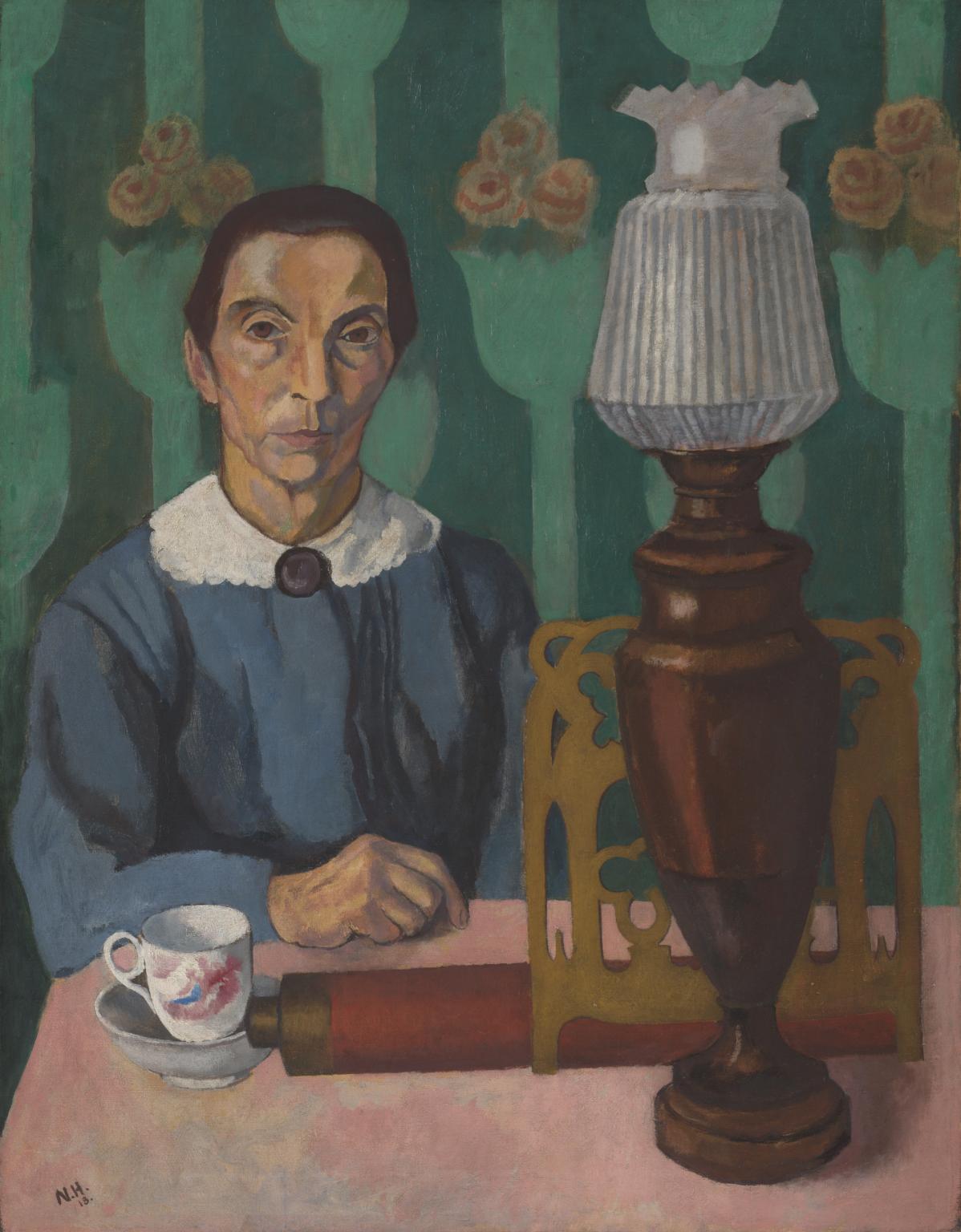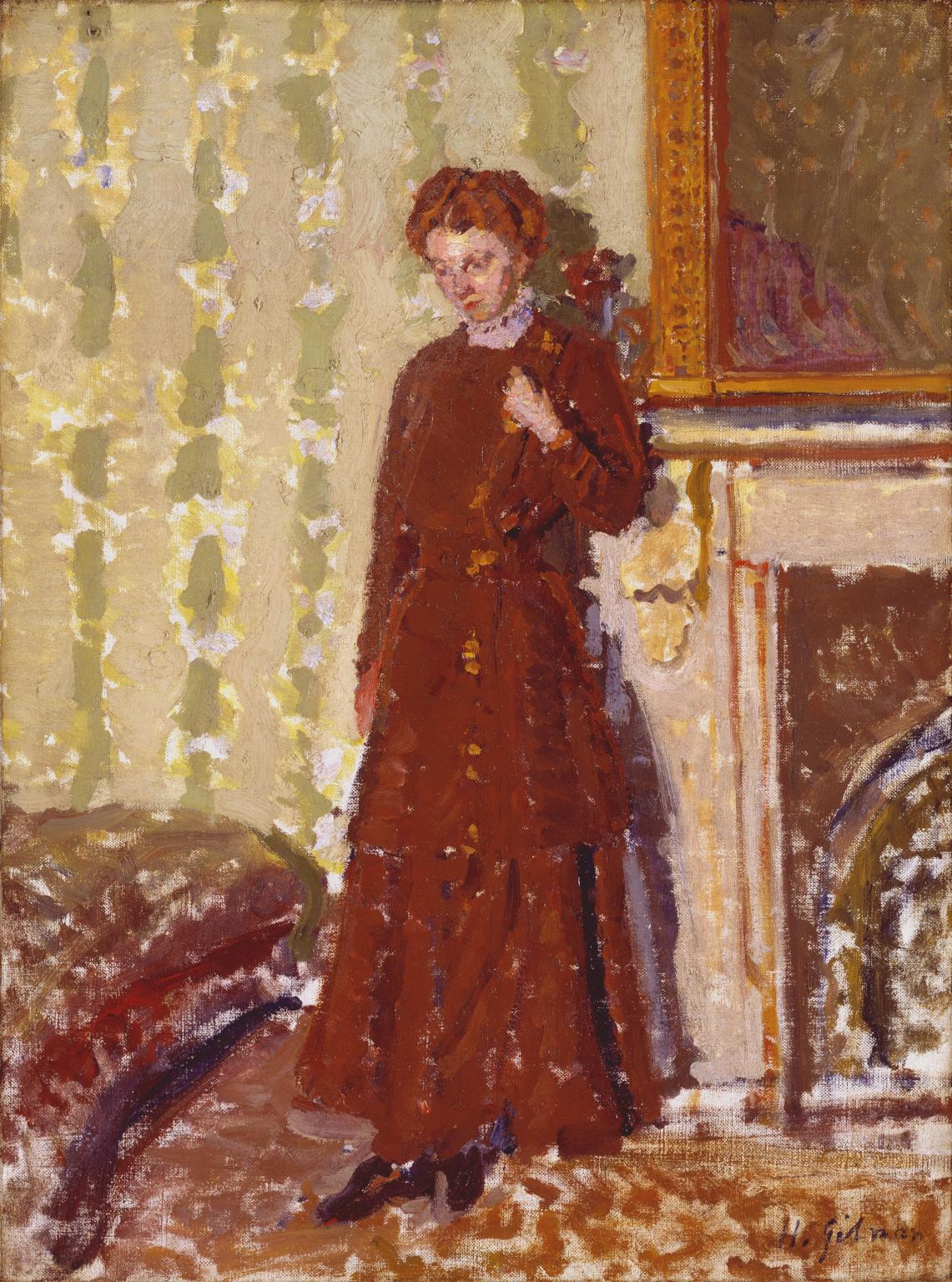16 rooms in Historic and Early Modern British Art
In the early years of the 20th century, British artists explore new representations of female identity, investigating the changing relationships between men and women in society
The growing fight for women’s suffrage (the right to vote) and conflicts over workers’ rights characterise much of this period in Britain. How women are depicted in art changes, including how women represent themselves. The home is no longer a space where women are confined to domestic roles. Instead, it becomes a place where they can express their identity. Interiors are a key setting for portraits and pictures telling modern narrative stories.
Paris is the centre of the art world in Europe. French art has a great influence on British artists. French Impressionist and Post-Impressionist artists inspire British artists with new forms of realism – experimenting with colour and light while exploring new modern subjects. New ideas of selfhood and sexuality are established. French and British artists move away from the way the female figure is traditionally painted – as a historical or mythological figure, often nude and submissive. Instead, they are portrayed as modern women in contemporary interiors.
The women in this room are shown as workers, artists and mothers. Artists now represent women workers as individuals rather than as background figures. Many of the artists exploring these themes are women. Improved access to art education alongside the forging of collaborative networks, means that women now have an increasing presence in the art world.
Art in this room
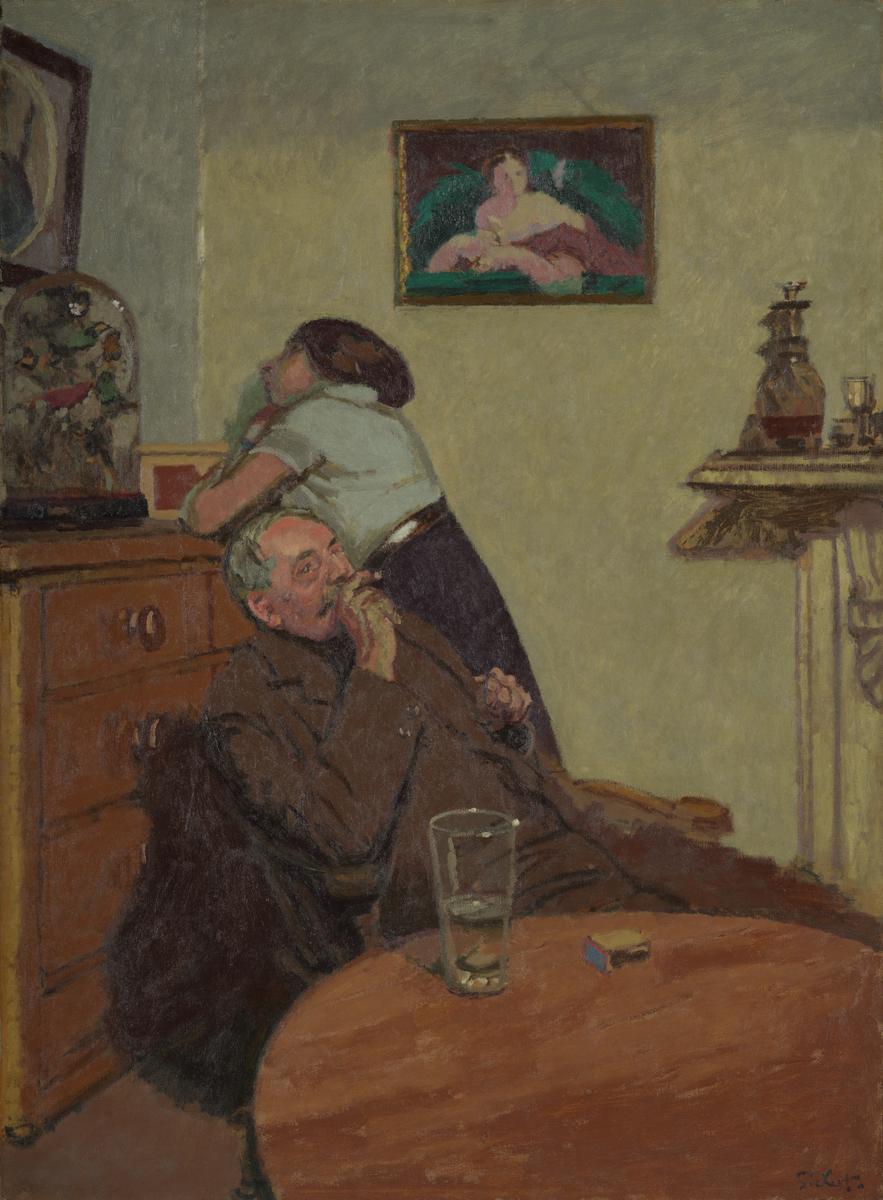
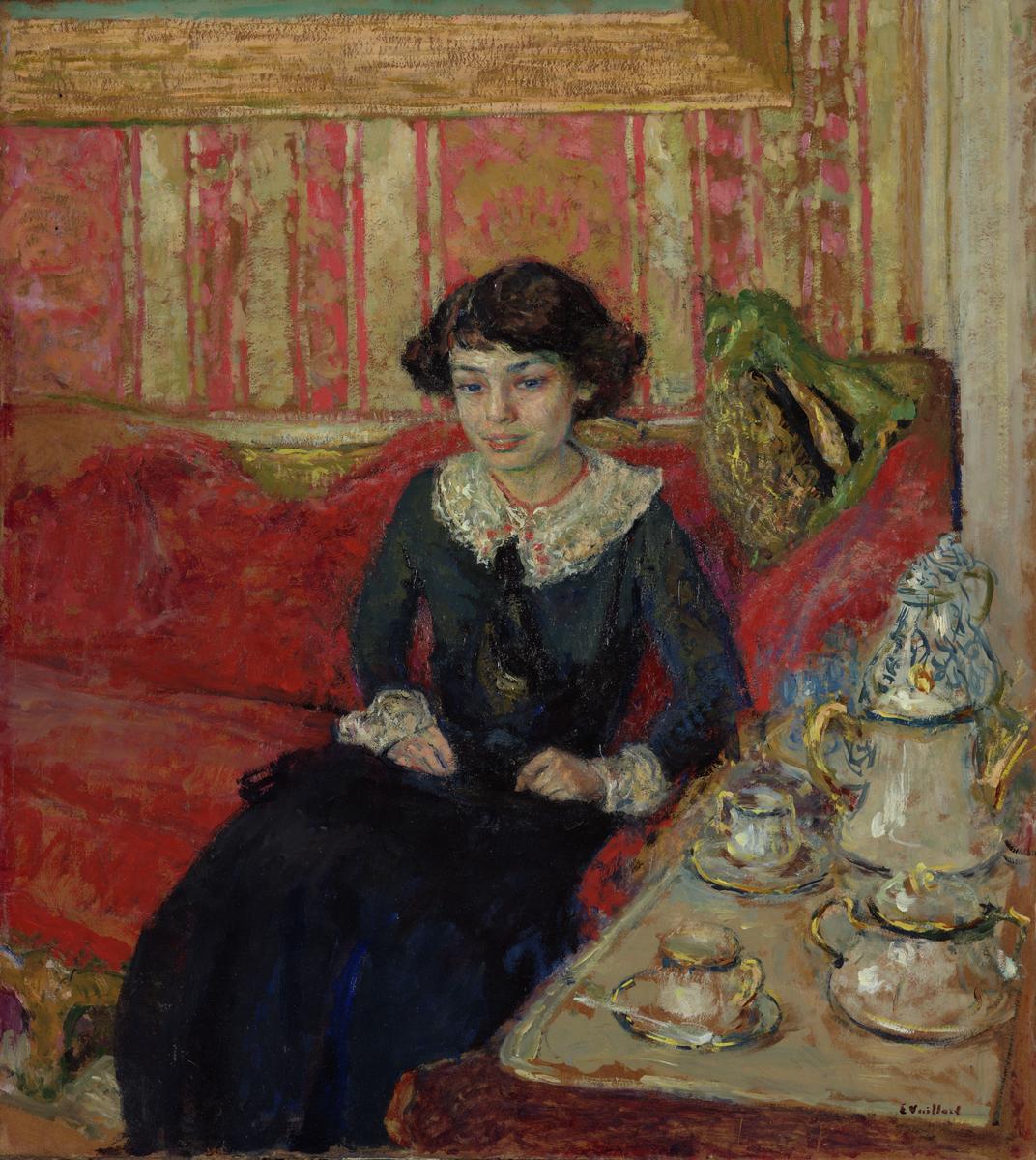
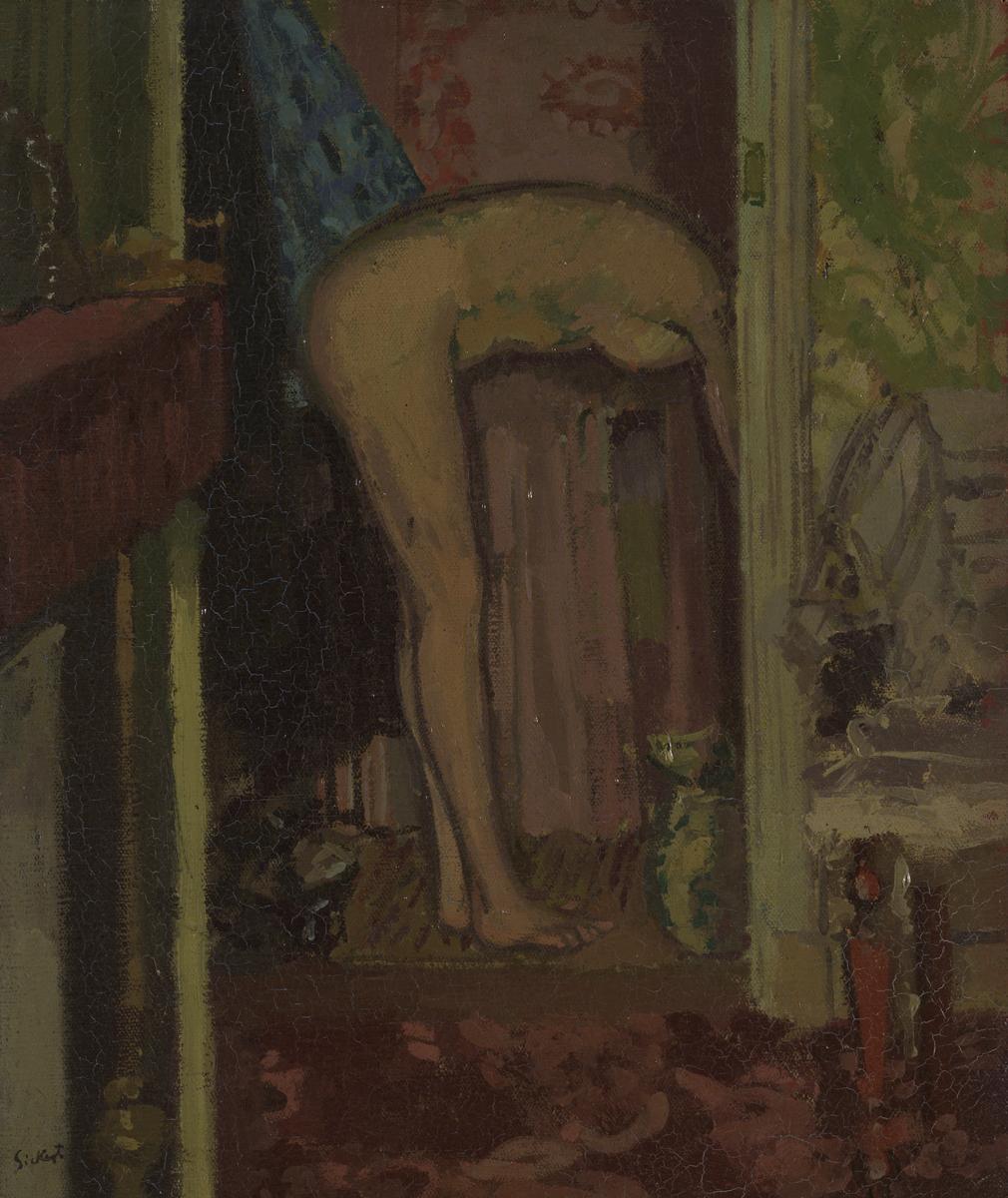
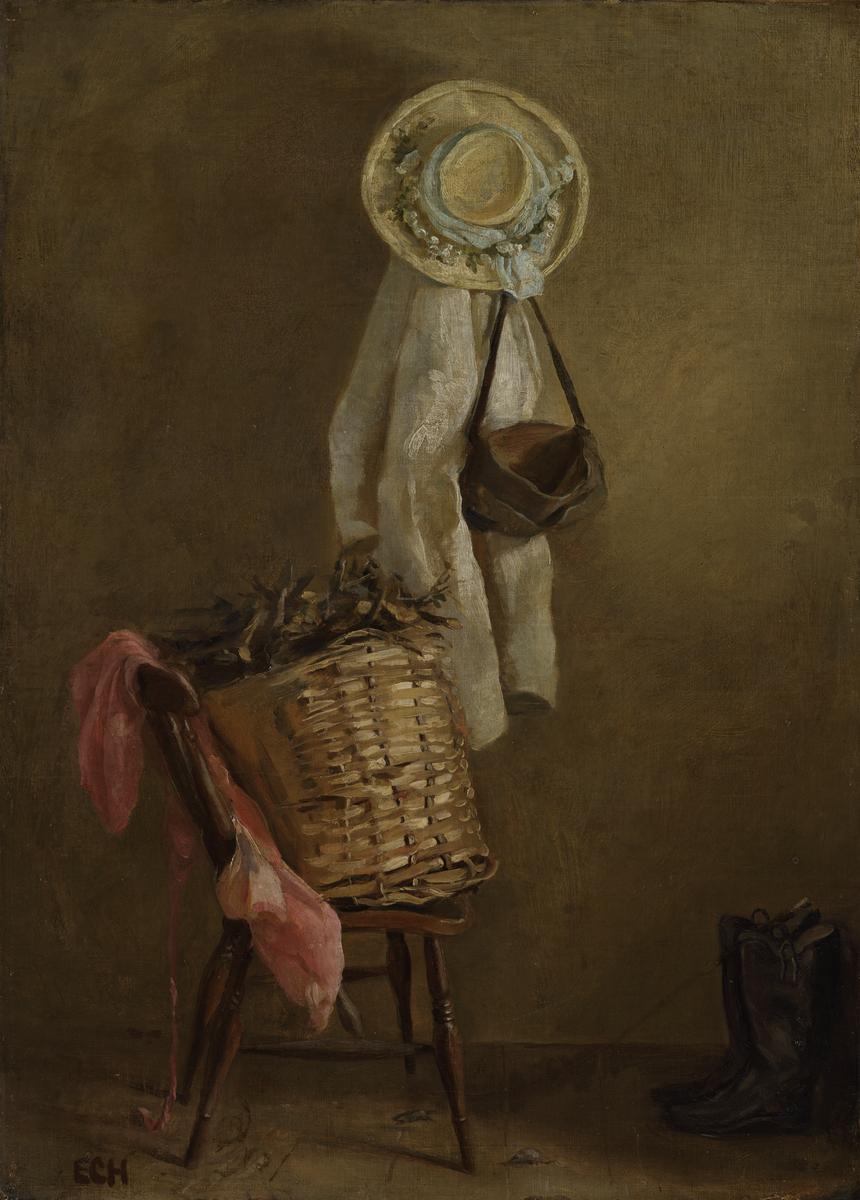
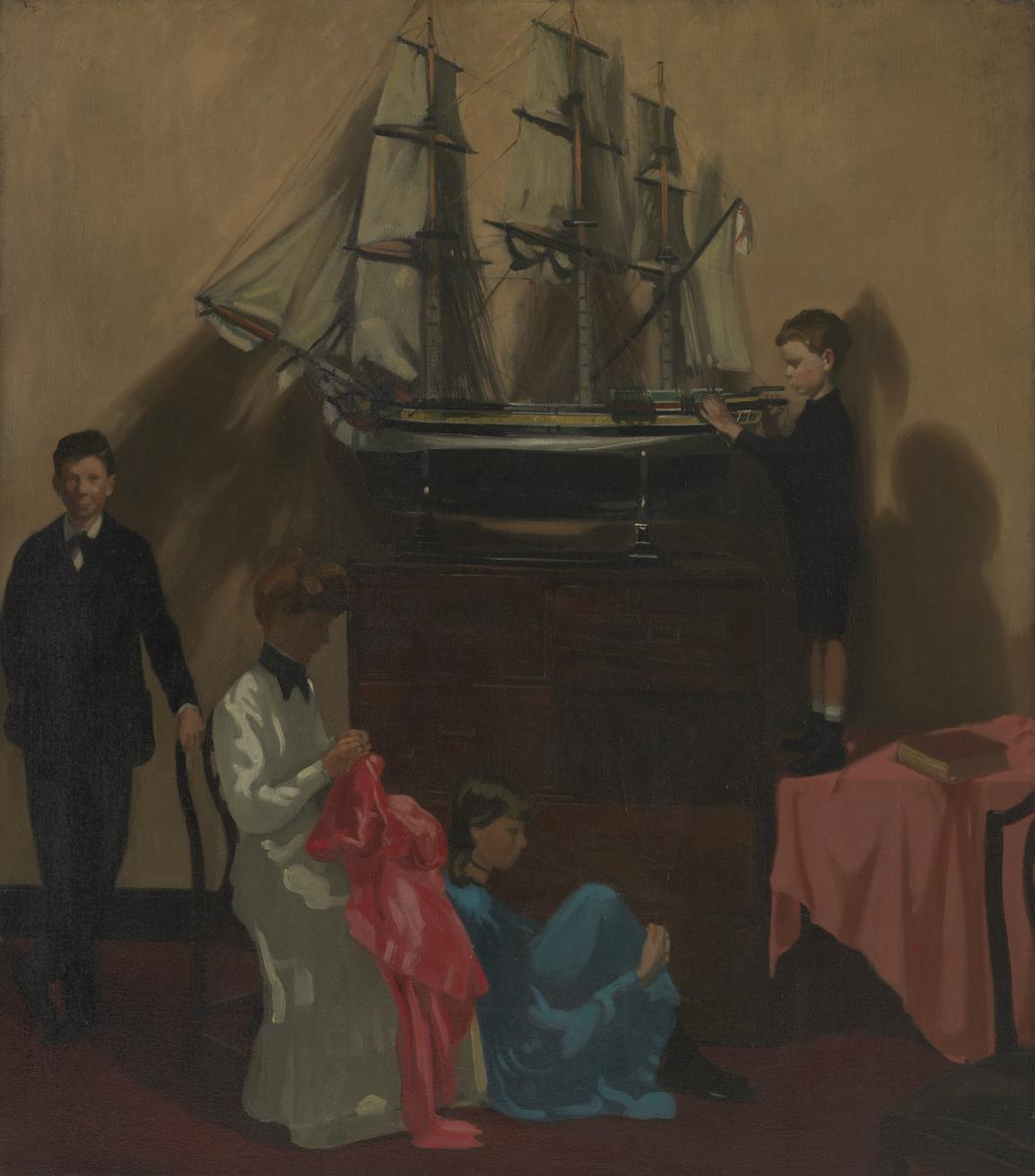
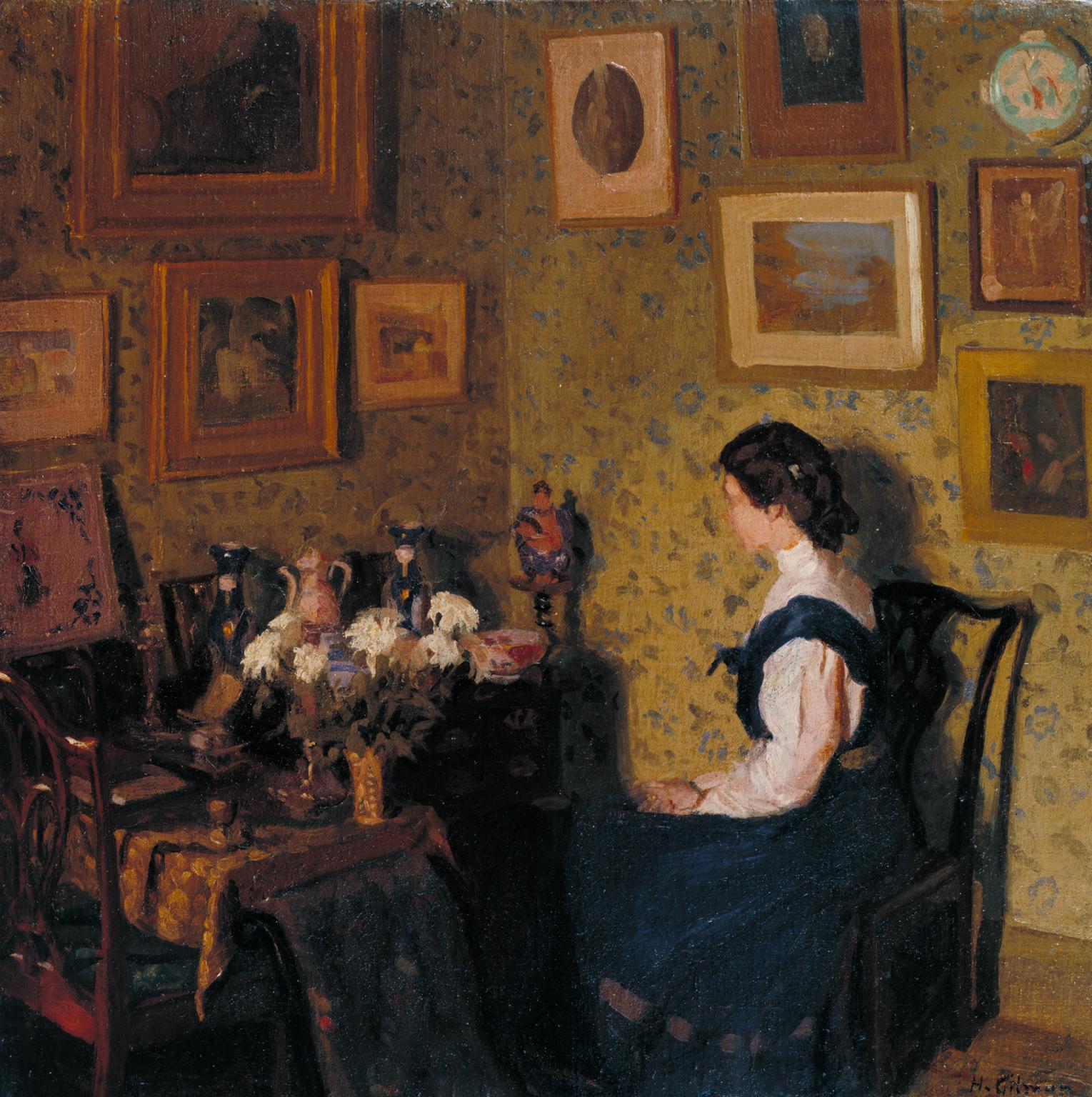
You've viewed 6/17 artworks
You've viewed 17/17 artworks


